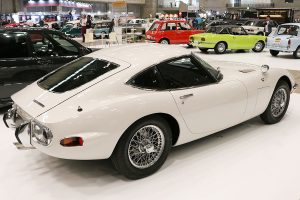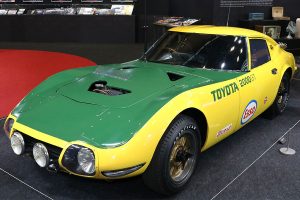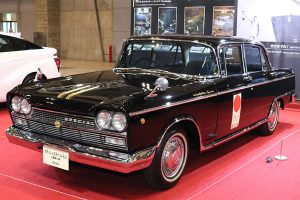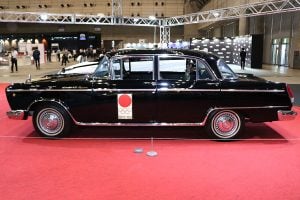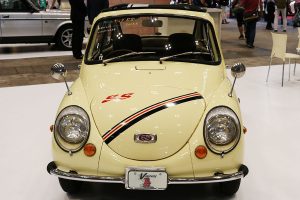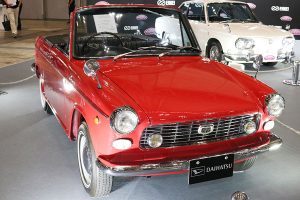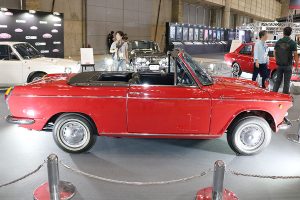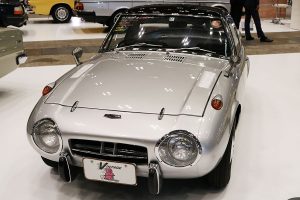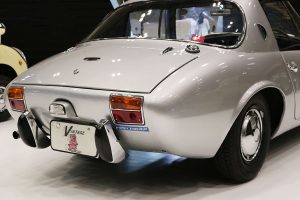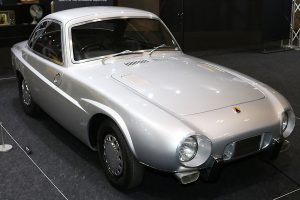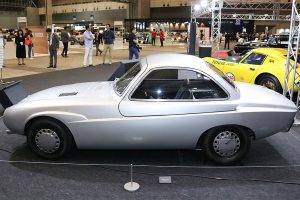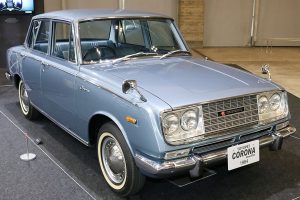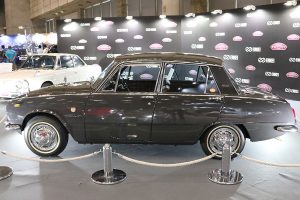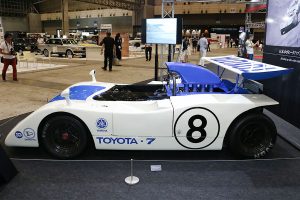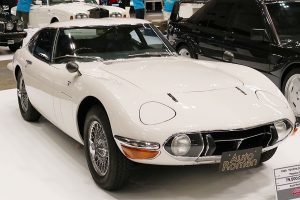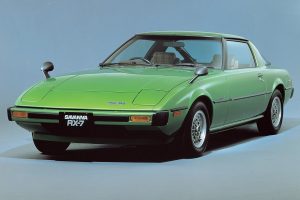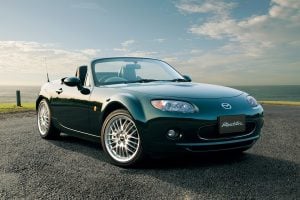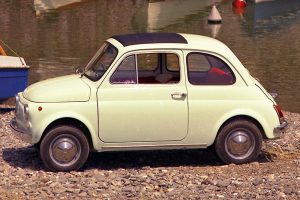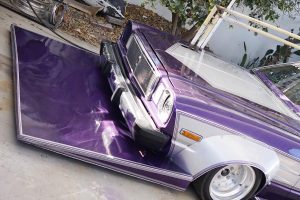A time when technology and culture flourished
Isuzu Bellett 1500 Automatic (1963)
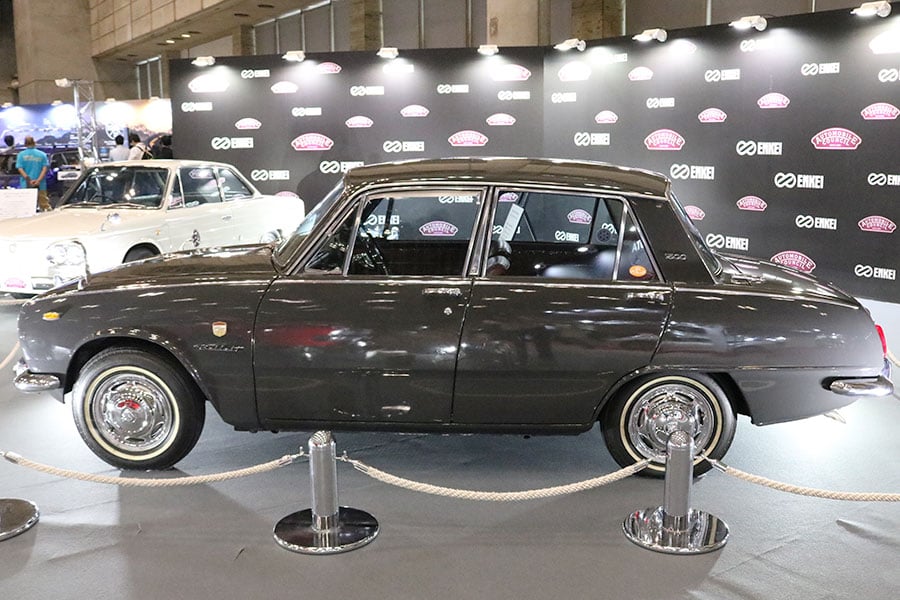
Isuzu had been producing a licensed version of the British Hillman Minx in the ’60s before they launched the Isuzu Bellett compact sedan in 1963.
At that time, automatic transmissions for those compact cars were starting to be a standard feature thanks to Toyota’s Toyoglide for Publicas and Coronas. To meet the needs, Isuzu added an automatic model for the Bellett, the Bellett 1500 4-door Automatic in 1965.
The car came with a BorgWarner 3-speed automatic and had a top speed of 135 km/h (84 mph). Brochures of the car advertised its automatic model as “The definitive car for easy-driving”, “Start, accelerate, and stop. All done with just two pedals”, showing buyers how easy an automatic was.
Hino Contessa 1300 Coupe (1965)
In 1965, Hino launched the two-door four-seater Coupe version of the Hino Contessa 1300 designed by Giovanni Michelotti, an Italian car designer.
The coupe model received some engine tunings such as raising the compression ratio from 8.5 to 9.0 and making its maximum output reach 65 ps in a 1.3-liter inline-4 engine, 10 ps more than the ordinary model. Its top speed also achieved 145 km/h (90 mph)
Rather than its performance, the car was highly regarded as a beautiful coupe due to its long tail and low flowing styling that took advantage of its RR layout. However, Hino withdrew from manufacturing passenger cars in 1967 with discontinuing the Contessa, and the company focused on manufacturing trucks and buses.
Toyota 7 (1969)
In 1966, Toyota sent the 2000GT to race the Japan Grand Prix. Motorsports were popular at that time, and many automakers developed new cars to show off their speeds.
However, Toyota was unable to beat prototype cars such as the Prince R380 and the Porsche 906 in those races. That made them develop their first prototype machine, the Toyota 7, in cooperation with Yamaha.
Toyota first brought the Toyota 7 Model 415S in 1968, equipped with a 61E 3-liter 90 degree V8 DOHC engine, but could not beat its 5-liter rivals.
One year later, the Toyota 7 was reborn with the Model 474S equipped with a bigger 79E 5-liter engine. And in July 1969, the 7 won the Fuji 1000 Kilometres race, beating the Nissan and Porsche rivals.
By the way, Toyota unveiled the EX-7 concept, a car that was said to be elegant than a Ferrari or Lamborghini, at the 1970 Tokyo Motor Show. The car was equipped with the same engine as the Toyota 7.
So what cars can we expect to see in this year’s Tokyo Olympics?
In the ’60s, Japanese automakers introduced new cars with bigger engines, bigger cabin space to meet the needs of driving on newly built highways. Luxury sedans with ultimate comfort were also popular at that time to move between cities without having stress.
The ’20s, in which we now live, is an era where the entire automotive industry is facing a big change. Electrification and autonomous driving is the trend, and Japanese carmakers are no exceptions to that.
As the official worldwide mobility partner of the Olympics and Paralympics, Toyota has already started testing its new types of vehicles to use at Tokyo 2020. The LQ, which comes with Level 4 equiv. automated driving, and the Mirai, a car that runs entirely on electricity made from hydrogen, are cars that can be seen at this summer’s games. These cars will not only be seen at the Olympic torch relay but will also be used as transportation for Tokyo 2020 athletes and staff.

